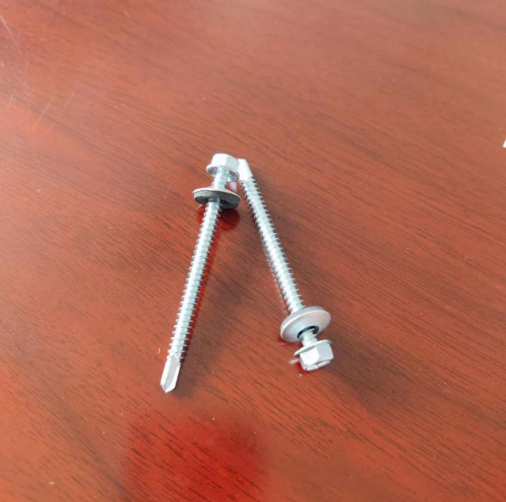Best Drywall Screw Pop - Quality Solutions for Your Drywall Needs
Understanding and Preventing Drywall Screw Pops
Drywall screw pops are a common issue encountered by homeowners and builders alike. These unsightly bumps or protrusions in drywall surfaces can be frustrating, especially when they mar the appearance of freshly painted or finished walls. Understanding the causes of drywall screw pops, as well as how to prevent and remediate them, is essential for maintaining the integrity and aesthetic of your interiors.
What Causes Drywall Screw Pops?
Drywall screw pops occur when screws or nails that were used to attach drywall to the framing material (like wood or metal studs) become loose and rise to the surface of the drywall. Several factors contribute to this problem
1. Moisture and Humidity Changes in humidity can cause the wooden studs behind the drywall to expand and contract. When this happens, the screws can be pulled free or pushed out of their original positions.
2. Improper Installation If screws are overdriven, driven at the wrong angle, or spaced incorrectly, they may not hold the drywall securely in place. Additionally, using the wrong type of screws can also lead to failure.
3. Settlement Over time, homes settle, and movement in the structure can cause screws to shift. This natural settling process can create stress on the drywall and lead to pops.
4. Thermal Expansion Temperature fluctuations can cause materials to expand and contract. If the drywall is rigidly attached, and the underlying material moves, it can lead to screws popping out.
Preventing Drywall Screw Pops
best drywall screw pop

To minimize the risk of drywall screw pops, several best practices can be implemented during both the installation and maintenance of drywall
1. Use the Right Materials Selecting high-quality drywall screws that are specifically designed for the application ensures better adhesion. A drywall screw is typically sharper and has a bugle head that allows for better seating in the drywall.
2. Proper Installation Techniques When installing drywall, ensure screws are not overdriven. Leave a slight dimple in the surface, but do not break the paper. Additionally, ensure screws are spaced appropriately, generally no more than 12 inches apart for ceilings and 16 inches apart for walls.
3. Managing Moisture Use moisture-resistant drywall in areas prone to high humidity, such as bathrooms and kitchens. This is essential for mitigating the effects of moisture on both the drywall and the framing.
4. Temperature Control Maintaining a consistent indoor temperature and humidity level can help reduce the risks associated with thermal expansion and contraction.
Remedying Drywall Screw Pops
If screw pops do occur, fixing them is relatively straightforward. Start by gently pressing the popped screw back into place. Use a drywall screw driver to drive the screw deeper into the stud, ensuring it is snug but not overdriven. After re-seating the screw, apply a bit of joint compound over the spot to smooth out any imperfections and then sand it down once dried. Repainting the area can finalize the repair, restoring a pristine wall surface.
In conclusion, while drywall screw pops can be a nuisance, understanding their causes and implementing preventive measures can significantly reduce their occurrence. By following best practices in installation and maintenance, homeowners can enjoy a smoother and more aesthetically pleasing interior for years to come.
-
Top Choices for Plasterboard FixingNewsDec.26,2024
-
The Versatility of Specialty WashersNewsDec.26,2024
-
Secure Your ProjectsNewsDec.26,2024
-
Essential Screws for Chipboard Flooring ProjectsNewsDec.26,2024
-
Choosing the Right Drywall ScrewsNewsDec.26,2024
-
Black Phosphate Screws for Superior PerformanceNewsDec.26,2024
-
The Versatile Choice of Nylon Flat Washers for Your NeedsNewsDec.18,2024










